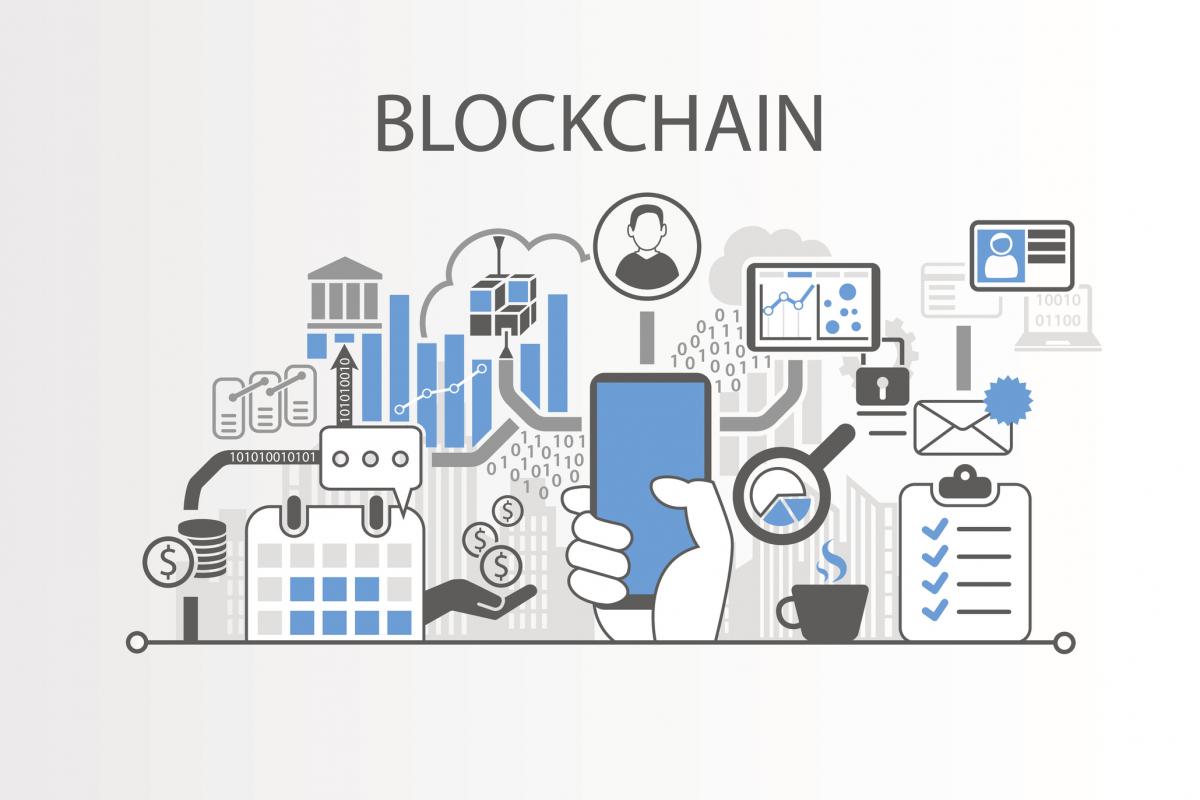We can’t ignore blockchain and cryptocurrencies

It takes a lot of effort to change the status quo, the way things have always been. But that’s what technology is forcing us to do. Change the way we do everything, from shopping to communicating, banking to parking, dating to paying for things. Sometimes new technology improves our working and social lives, at other times it becomes cumbersome and annoying. Disruption can be good and bad.
So where do you stand on blockchain and cryptocurrency? (cryptocurrency has its roots in blockchain). There is a temptation to ignore these new two new technological advances believing that they are just fads. But it looks like they are here to stay as their presence and adoption grows. Earlier this year, the New Zealand government became the first country in the world to allow employers to pay staff via cryptocurrency. That was quite an endorsement for the likes of Bitcoin, Ethereum, Ripple and Litecoin. Other governments are sure to follow.
And following the Singapore Fintech Festival 2019 in November, it was revealed the Monetary Authority of Singapore (MAS) is working with Singapore’s financial services industry to develop a new blockchain-based cross-border digital payment system. Sounds impressive, but what does it mean for employers?
Quite a lot actually. One of the major differences between cryptocurrencies and normal forms of payment is their decentralized status. Cryptocurrency needs no bank, financial institution or clearing system to make payments from one party to another. This is where the speed, safety and cost advantage comes in.
Perhaps the biggest impact for an employer could be when paying staff. This is particular relevant if you regularly pay salaries to staff based overseas. Not only will employers save money (by bypassing traditional banks and financial institutions), but blockchain can also speed up transactions while making them safer, given the many layers of approval needed. Having blockchain at its core, any payments system will also be more transparent as you can see where the money is throughout the entire chain, as it’s based on a public ledger.
And the advancements of a blockchain-based cross-border payment system couldn’t come at a better time as companies become increasingly global (or regional in some case). More Asian employers are now using remote employees and contractors, building their own virtual worker networks. Then there is the growth of freelancer platforms such as Upwork and Workana, aiding cross-border projects and collaborations while supporting the global gig economy. Having a cheaper, faster and more secure way to pay contractors and freelancers is good news for both parties.
Cryptocurrency had a bad press in its infancy, and is still viewed by some as being incredibly volatile. In many cases that’s still true, but this is fuelled by speculative crypto traders. But we are seeing the emergence of a new type of cryptocurrency known as stablecoin. Stablecoins are cryptocurrencies designed to minimize price volatility as they are backed by real assets such as fiat currency or commodities. Such asset-backed cryptocurrencies could win over more governments, companies and workers.
So as cryptocurrency becomes more user-friendly (and understood), plus more stable, the blockchain technology it’s built on could become a more viable alternative to the traditional banking system. And after more than 200 years of banks sitting at the centre of the transactional universe, maybe it’s about time for a change. All hail digital disruption.
Blockchain and cryptocurrency Q&A
So what exactly is blockchain?
While it may sound complicated, Blockchain technology is actually fairly easy to understand as new technology goes. Basically, it’s a shared database populated with entries that must be confirmed and encrypted. Think of it as a highly encrypted shared Google Document.
Blockchain tech offers a way to securely and efficiently create a tamper-proof log of sensitive activity (transferring money, sending private data) in a public ledger. That means all transactions are visible and transparent, while the sender can remain anonymous.
How does it relate to cryptocurrency?
Cryptocurrency is essentially digital money, leveraging off blockchain technology. Money is moved via the encrypted network of computers. The key thing is that cryptocurrency is decentralized, so there’s no need for middlemen like banks and clearing houses. This is the major advantage of blockchain-based products and services.
Bitcoin is the most popular cryptocurrency and the most widely used. However, it has proven to be very volatile. There are lots of other cryptocurrencies – in fact there are more than 1600. After Bitcoin, the most popular are Ripple, Ethereum and Tether.
How safe are they?
While blockchain is lauded for being safe and secure, cryptocurrency is another matter. While currencies can be safely stored online in a digital wallet, it’s price is highly volatile at present. This is more about the trading side and speculative nature of cryptocurrency. But more stable cryptocurrencies (stable coins) are starting to emerge.
Of course, nothing stored online can be completely safe from hackers but cryptocurrencies do have very strict safety protocols.



